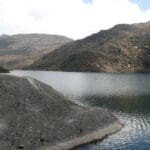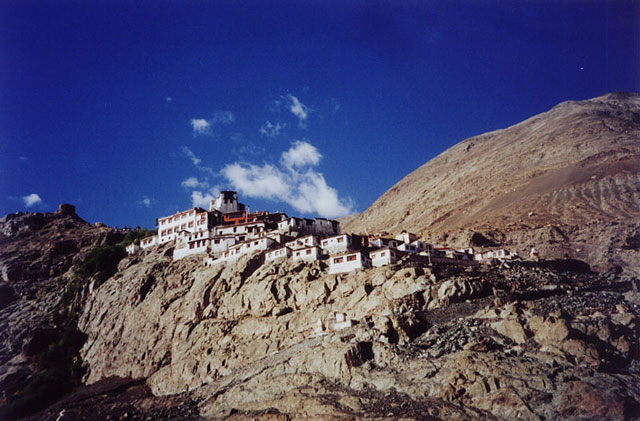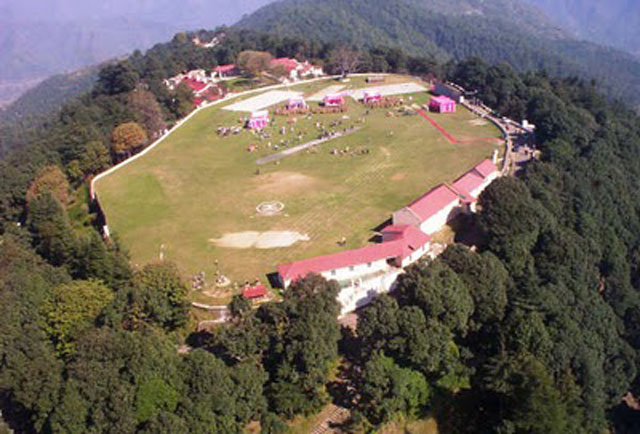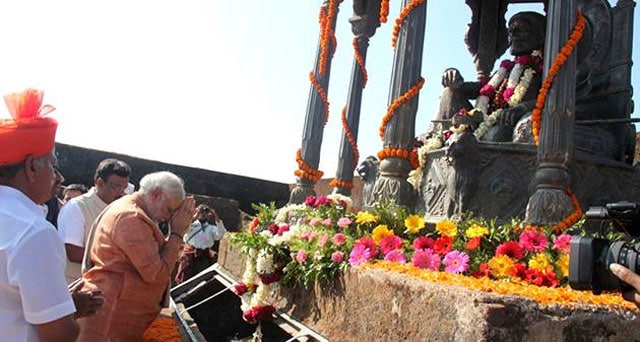Welcome to Dibang Wildlife Sanctuary, a hidden gem nestled in the verdant landscapes of Arunachal Pradesh, India. Spread over an expansive area, this sanctuary is a haven for nature lovers and wildlife enthusiasts alike. Let’s delve deeper into the wonders that await you in this pristine wilderness.
Places to Visit
1. Dibang River
Dibang River is not just a body of water; it’s the lifeline of the sanctuary, weaving its way through the verdant forests like a shimmering ribbon of life. As you embark on a boat ride along its tranquil waters, you’ll be mesmerized by the untouched beauty that surrounds you. The dense foliage lining the riverbanks provides a picturesque backdrop, while the gentle ripples of the water create a soothing melody. Keep your camera ready, as you may catch glimpses of the diverse aquatic life that calls the river home, from colorful fish darting beneath the surface to graceful water birds gliding overhead.
2. Sally Lake
Nestled amidst the sanctuary’s dense foliage lies Sally Lake, a serene oasis that seems almost like a scene from a fairytale. Surrounded by towering trees and lush vegetation, this tranquil lake exudes an aura of peace and tranquility. Take a leisurely stroll along the lakeshore, allowing the soft rustle of leaves and the gentle lapping of water against the shore to soothe your senses. Nature enthusiasts will delight in the opportunity to embark on a birdwatching expedition, as Sally Lake is home to a plethora of avian species. Keep your binoculars handy as you explore the surrounding area, and you may be rewarded with sightings of colorful birds flitting amidst the trees or skimming the surface of the water.
3. Bison Valley
For those seeking a truly immersive wildlife experience, Bison Valley is the place to be. Tucked away amidst the sanctuary’s dense forests and rugged terrain, this secluded valley is a haven for wildlife enthusiasts. Here, amidst the whispering trees and dappled sunlight, you’ll have the opportunity to encounter some of the sanctuary’s most iconic inhabitants. Keep your eyes peeled for sightings of the majestic bison, their massive frames moving gracefully through the undergrowth. If you’re lucky, you may even catch a glimpse of the elusive snow leopard, stealthily stalking its prey through the shadows. As you explore Bison Valley, you’ll feel a deep connection to the natural world, surrounded by the sights and sounds of the untamed wilderness.
Things to Do
1. Wildlife Safari
Embark on an unforgettable wildlife safari through the sanctuary’s pristine wilderness. Traverse winding trails and rugged terrain as you search for glimpses of the region’s diverse fauna, from the playful antics of langurs to the regal presence of tigers and leopards.
2. Birdwatching
With over 300 species of birds calling the sanctuary home, Dibang Wildlife Sanctuary is a paradise for birdwatchers. Grab your binoculars and venture into the forest, where you’ll be rewarded with sightings of rare and migratory birds amidst the canopy.
3. Nature Walks
Immerse yourself in the tranquility of nature with guided nature walks through the sanctuary’s pristine wilderness. Led by knowledgeable guides, these walks offer insights into the region’s rich biodiversity, from towering trees to delicate wildflowers.
Climatic Conditions and Best Time to Visit
Dibang Wildlife Sanctuary experiences a temperate climate, with cool summers and chilly winters. The best time to visit is during the months of October to April when the weather is pleasant, and wildlife sightings are at their peak.
How to Reach
By Air:
The nearest airport to Dibang Wildlife Sanctuary is Dibrugarh Airport in Assam, located approximately 200 kilometers away. From there, you can hire a taxi or avail of bus services to reach the sanctuary.
By Road:
The sanctuary is well-connected by road, with regular bus services operating from major cities like Guwahati and Itanagar. From the nearest town, you can hire local transport to reach the sanctuary.
History
Dibang Wildlife Sanctuary has a rich cultural heritage, with indigenous tribes like the Idu Mishmi residing in the region for centuries. The sanctuary’s conservation efforts are deeply rooted in local traditions and beliefs, making it a unique blend of natural and cultural heritage.
Food
Indulge in the rich and flavorful cuisine of Arunachal Pradesh during your visit to Dibang Wildlife Sanctuary. Sample traditional dishes like Apong (rice beer), Bamboo Shoot Fry, and Marua (finger millet) Roti, sourced from the freshest local ingredients.
Accessibility and Accommodation
Accommodation options near Dibang Wildlife Sanctuary range from cozy guesthouses to eco-resorts, offering comfortable stays amidst the pristine wilderness. Advance booking is recommended, especially during peak tourist seasons.
Nearby Hotels & Restaurants
- Dibang Eco Camp: Experience sustainable living amidst nature at this eco-friendly campsite, offering cozy cottages and delicious local cuisine.
- Sally’s Retreat: Nestled amidst picturesque surroundings, this retreat offers comfortable accommodation and delectable meals, making it an ideal base for exploring the sanctuary.
Tourist Map
Explore the sanctuary’s attractions with ease using the Dibang Wildlife Sanctuary tourist map, featuring detailed information on key landmarks, hiking trails, and wildlife spotting areas.
Distance From Major Cities
- Guwahati: Approximately 600 kilometers
- Itanagar: Approximately 350 kilometers
- Dibrugarh: Approximately 200 kilometers
Nearest Airport
Dibrugarh Airport in Assam, located approximately 200 kilometers from Dibang Wildlife Sanctuary.
Nearby Places & Tourist Attractions
- Mayodia Pass: Marvel at breathtaking vistas of snow-capped peaks and verdant valleys at this scenic mountain pass.
- Roing: Explore the charming town of Roing, known for its ancient archaeological sites and serene natural beauty.
Travel Tips
- Pack Light: Ensure you pack light, breathable clothing suitable for jungle safaris and nature walks.
- Stay Hydrated: Carry sufficient water and stay hydrated, especially during outdoor activities.
- Respect Wildlife: Maintain a safe distance from wildlife and refrain from feeding or disturbing them.
- Follow Guidelines: Adhere to the sanctuary’s rules and regulations for a safe and enjoyable experience.
FAQs
Q: Is photography allowed in the sanctuary? A: Yes, photography is allowed for personal use. However, permits may be required for professional photography or videography.
Q: Are there any guided tours available? A: Yes, guided tours are available for wildlife safaris and nature walks, allowing visitors to explore the sanctuary with expert guidance.
Q: What is the best time for wildlife sightings? A: The early morning and late afternoon are the best times for wildlife sightings, as animals are most active during these hours.
Explore the untamed beauty of Dibang Wildlife Sanctuary and embark on a journey of discovery amidst nature’s wonders. Plan your visit today for an unforgettable wildlife experience!













